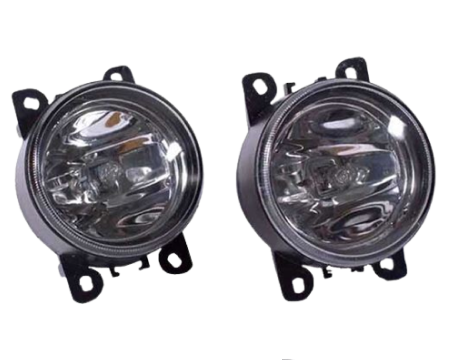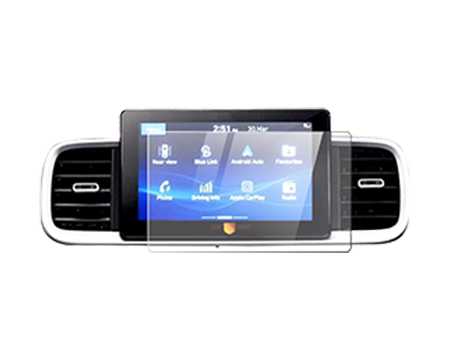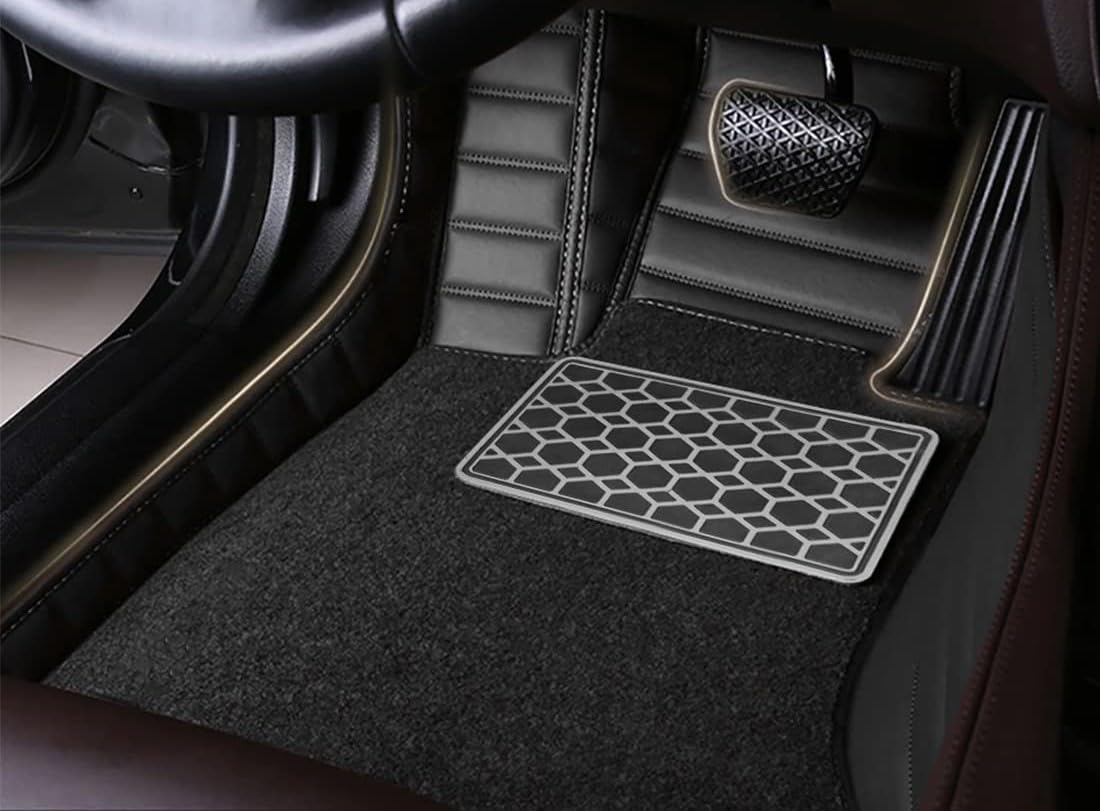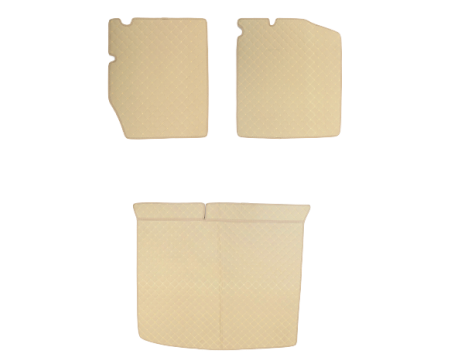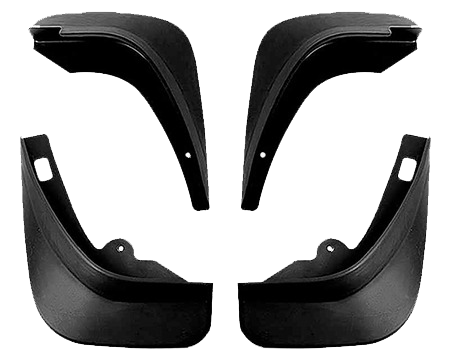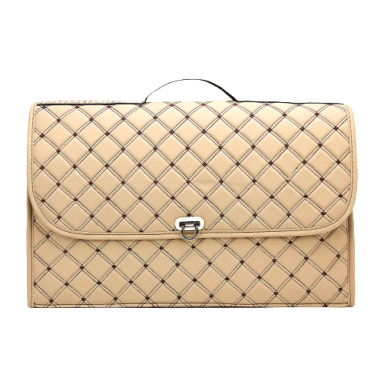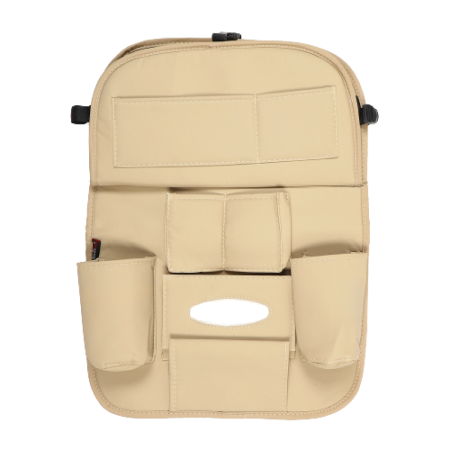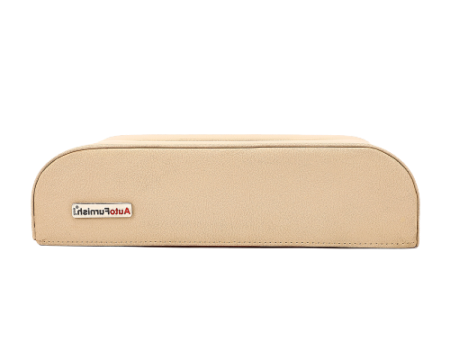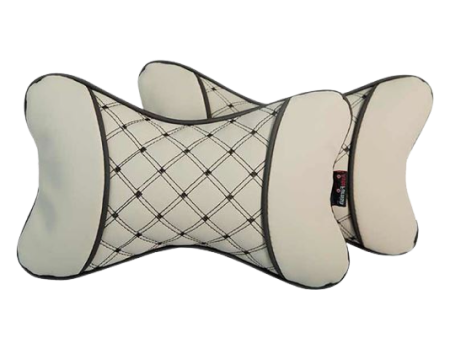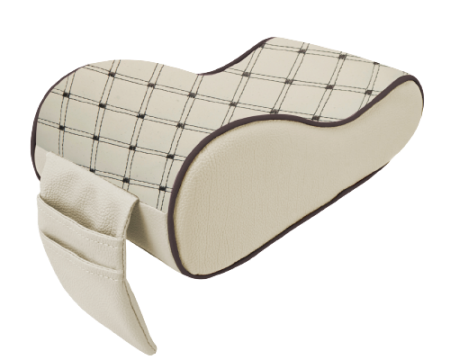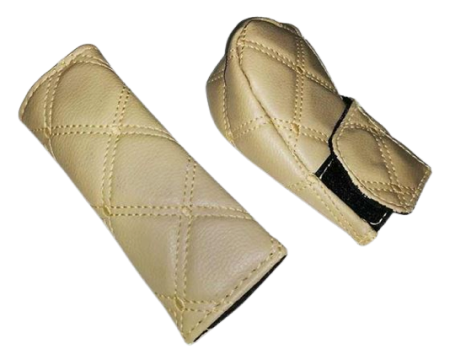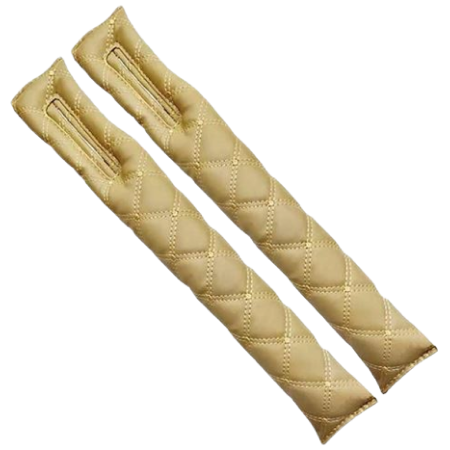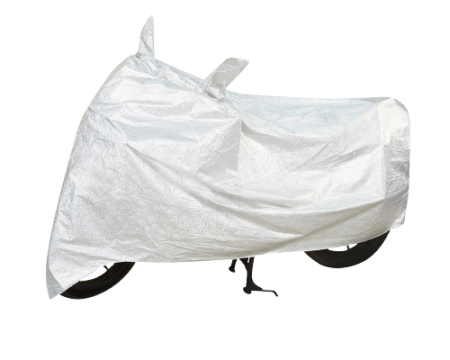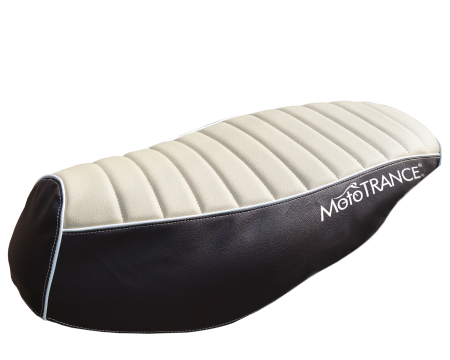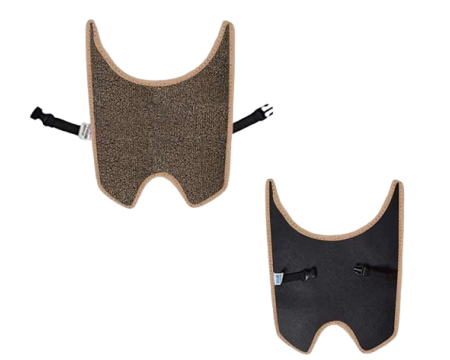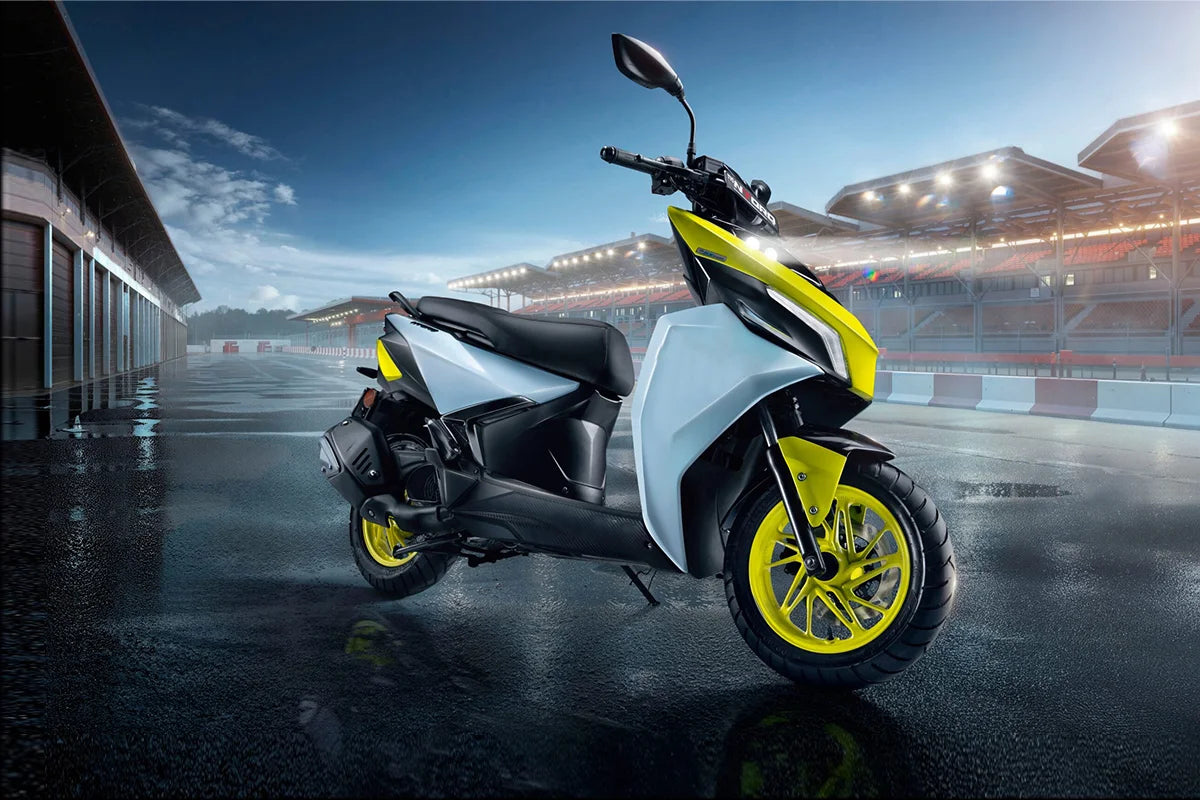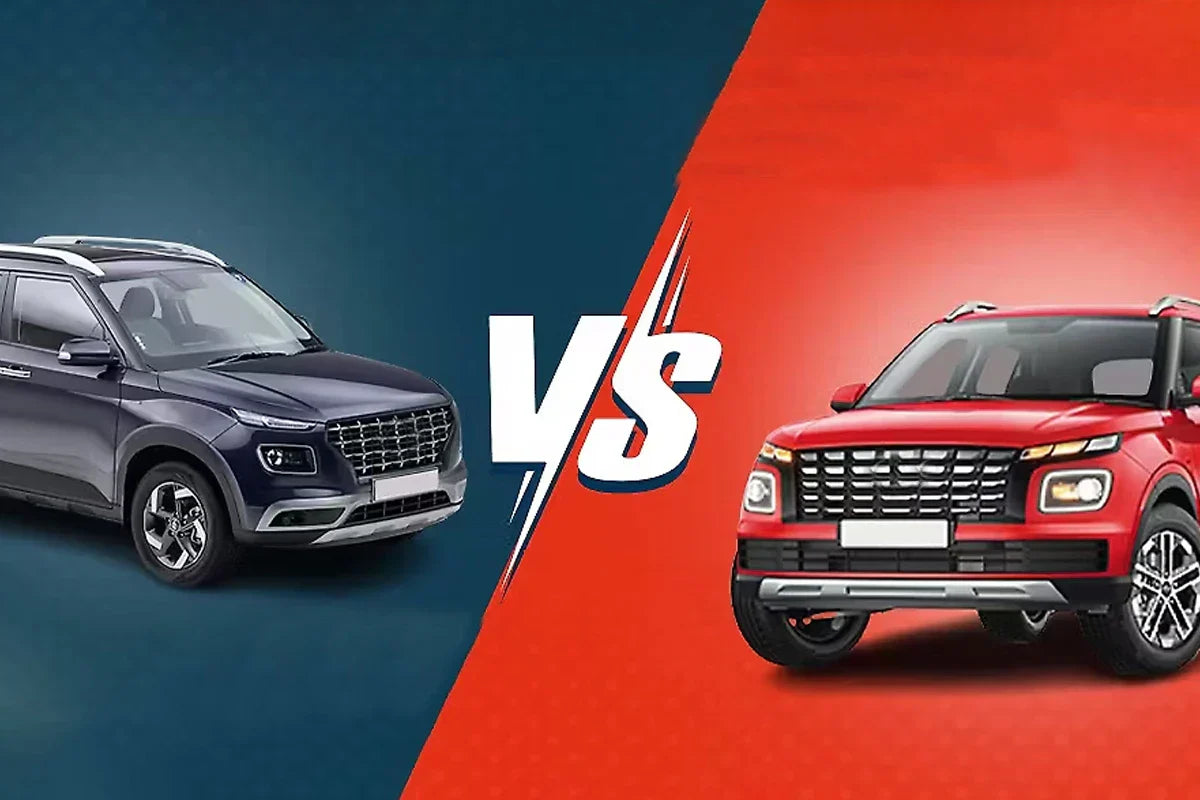When driving, it is of utmost importance to take complete care of safety. This goes a little more for those who ride motorbikes as they are more prone to accidents than four-wheeler vehicles. While the experience of riding a motorbike counts for the rider in being able to ride through all kinds of situations, motorcycle riding gear plays a vital role, whether you are a beginner or experienced. Moreover, the number of road accidents and mishappenings you may hear about every day should help you understand the significance of wearing protective gear.
When buying any motorcycle riding gear, it is natural to be confused and question which gear should be purchased. You may wonder and ask this question to yourself even in terms of quality and style. The plethora of options you can come across online can be overwhelming, and choosing the right ones is a significant challenge. But, you should also know that buying only one protective gear is not enough, and it is not only one part of your body that is exposed in case of an accident.
Hence, to help you get an insight into all the different kinds of protective motorbike gear and which should be used when, here are some of the popular riding gear as well as uncommon ones that will prove useful in the long run:
Helmets:
When it comes to helmets, you can come across a wide variety of styles. From full coverage to 3/4 as well as a half, you can pick your choice based on requirements. For instance, if you own a sports bike, it is obvious that you buy a full coverage helmet designed especially as sports bike helmets. Not only are they stylish, but also assure to protect your head. Other benefits include eye protection, visor in various tints and maximum safety. Similarly, the 3/4 helmet offers maximum coverage to the head, but the visors of this helmet type are flip-down. The chin and facial areas will remain pretty exposed, but the rest of the head area remains protected. As for the half helmets, they are just used to protect the top of the head and partially on the sides and back. A half helmet is usually worn by riders on the pillion seat of most two-wheeler vehicles.

Jackets:
While this may sound pretty unrequired, jackets play a vital role in protecting the upper body. These riding jackets can be used during summers and winters and come with detachable layers. You can use the attached layers during the winter months and get them removed during the summers. You can also come across a biker rain jacket that proves helpful during heavy and mild monsoons. Unlike four-wheeled vehicles, bikers do not have a shelter above; hence, rain jackets come to the rescue. They are available in various colours and in one-piece and two-piece types for you to compare and buy as required. The waterproof riding jacket is a saviour during sudden rain showers, allowing you to continue your journey instead of making a long halt.
Gloves:
This is one of the commonly ignored motorcycle riding gear. However, its importance in saving the rider in case of an accident is second to none. During a fall, the hands are the first to touch the ground. This develops a high chance of getting scratches and more. However, when wearing motorcycle gloves made of good quality materials such as leather or synthetic, you increase the chances of saving your hands. Additionally, wearing gloves when riding a bike also helps protect the skin of the palms from tearing up after long rides, pollution, dust, and UV rays. These gloves are available in many types, including metal buttons and pull off.

Riding Pants:
You should be comfortable riding a bike, especially during long-distance journeys. Unlike a car where the driver has the space to move and stretch his legs a bit in case of discomfort, this is not possible for motorcycle riders. Hence, comfortable pants are a must. In addition to comfort, many riding pants also come with multiple pockets giving you quick and easy access to emergency items such as phones, hanky, first aid kits, money, identification card and more. Of course, these items should be accessed from the pockets after you stop your motorcycle. However, these biker pants keep you at bay from the need to access your bags all the way. You can also get waterproof riding pants that act as another perfect and essential biker rain gear to invest in during long expeditions.
Riding Boots:
These boots look similar to hiking boots; hence, they are often misunderstood when on display. However, riding boots are very different from hiking or trekking boots, and they also serve significant purposes. This motorcycle riding gear features a metal boot tip designed to help protect the rider's toe. Additionally, there are specific features on the left boot for convenience in changing the bike's gears. Always look for this riding gear in top-notch quality to ensure results, especially with materials that should be thick leather. Riding boots are often ignored, but they play a vital role in assuring a comfortable and safe ride.

Elbow and Knee Guards:
This helps protect the body when riding a motorcycle. It is useful and highly recommended to be worn to protect the high-impact areas such as elbows and knees in case of an accident. These armours come with adjustable features; hence, they can be easily worn with the other crucial riding gear. Available in multiple materials, ensure that you check to wear the gears if it is your first time to be assured of comfort when riding for long hours. While this may not be essential when going for short rides in the city or with relatives, it is crucial to wear during long expeditions when the speed of the motorcycle is high.
Eye Protection:
Riding a motorcycle gives access to the dust and pollution around to enter your eyes easily. Even if you are wearing a helmet, sudden strong winds with dust can impact the vision of your eyes. Standard sunglasses do not match the requirements when riding a bike, so it is necessary to wear a pair of motorcycle goggles. This motorcycle riding gear can also be purchased with padding that protects from debris intrusion and securely fits on your head.
Face Masks and Goggles Combo:
The use of face masks has become crucial today, especially due to the pandemic as well as the growing pollution. Hence, wearing a face mask helps protect you when riding your motorcycle. With the growing demands and necessity of comfort, you can also find detachable goggles and nose face masks that feature advanced ventilation systems. You can wear them to protect your eyes and nose from dust during long rides or detach them to use either during short rides or at your convenience. They are anti-shake and anti-fog gear ensuring you always have the perfect vision during any outdoor sport with utmost comfort due to the cushioned fit.
When buying your motorcycle riding gear, you will come across various brands offering the best of offers and rates. However, it is crucial that you do your research first and then pick a brand that manufactures or sells riding gear of the highest quality. Of course, saving money and getting your hands on the best deals are exciting and significant too. However, you cannot compromise your safety by keeping a few hundred by buying safety gears of low quality.
Along with premium quality gear, you can also get customised items to suit your size and fit. Auto Furnish is dedicated to creating customised riding gear so that you are comfortable and safe during your rides. In addition to getting customised products, you can also find brand-specific products so that your biker style is game on and there is no compromise. From Royal Enfield riding jackets and helmets to similar products of two-wheeler brands such as Bajaj, Honda, Mahindra, Suzuki, Yamaha and many more, you can find your motorbike brand-specific products online.
Get all your protective biking gear from www.autofurnish.com. You can also buy a series of bike accessories available in various designs, colours and sizes to suit your requirements, such as bike seat covers, bike covers, bike mats, motorcycle inflators, and many more.

